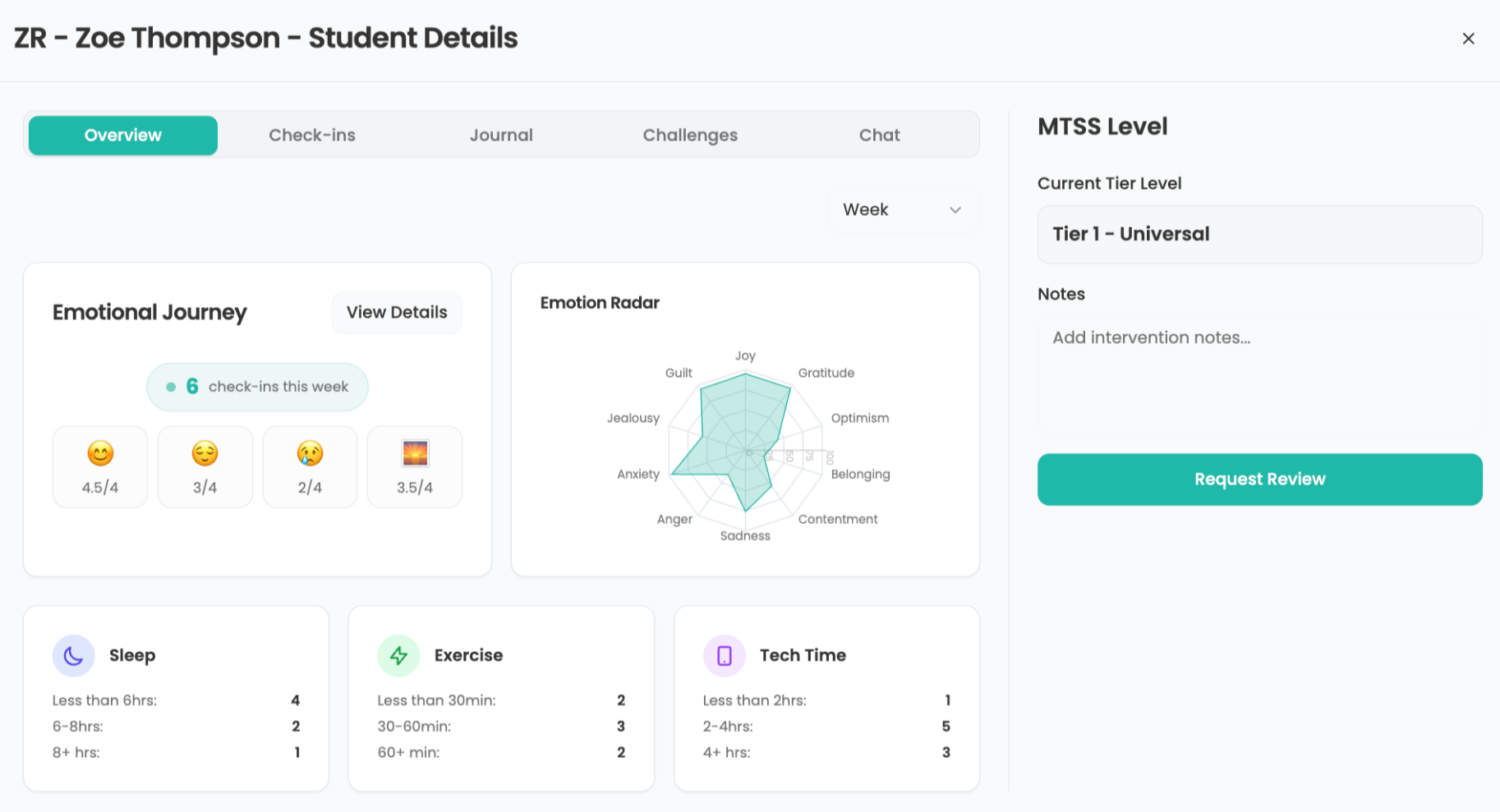4 Tips for Designing AI-Resistant Assessments
As AI continues to evolve, instructors must modify their approach by designing meaningful, rigorous assessments.

Generative AI tools have the potential to dramatically reshape how students approach their assignments. While AI can assist in various learning tasks, it presents challenges for educators, especially when students might use it to complete assignments with minimal original input. It then becomes critical for educators to design assessments that are not easily solvable by generative AI tools and foster higher-level thinking skills as represented by Bloom’s Taxonomy.
As instructors work through revising assessments to be resistant to generation by AI tools with little student input, they should consider the following principles:
- Incorporate personal experiences and local content into assignments
- Ask students for multi-modal deliverables
- Assess the developmental benchmarks for assignments and transition assignments further up Bloom’s Taxonomy
- Consider real-time and oral assignments
Let’s look at each in more depth.
4 Tips for Designing AI-Resistant Assessments
1. Build assignments that ask students to personalize their work, drawing from local context and/or personal experiences. These are both things with which generative AI tools often struggle, particularly tasks that require students to apply knowledge uniquely or in a nuanced context based on personal experiences or local realities.
To redesign this to be AI resistant, in a history assignment, for example, rather than asking students to write a generic essay on World War II, instructors can ask them to investigate the impact of World War II on their local community or a specific group of people in their region. This might involve going to local archives, interviewing elders in the community, or researching local newspapers.
Such assignments demand that students gather specific information that is not readily available to most AI tools. This can potentially better engage students as they consider the impact on their families and relatives as opposed to just looking at the overall picture.
2. Consider multimodal assessments that require students to use various forms of media to demonstrate their understanding. By incorporating multiple modes of expression, instructors can ensure that students engage with the content on deeper levels while minimizing the use of AI-generated responses, which are often text-based.
Tools and ideas to transform education. Sign up below.
Currently, most generative AI tools struggle to combine text and graphics effectively. For a creative writing unit, students could be asked to develop a story that includes a traditional written assignment exploring a particular theme or character development. Ask for the student to include visual representations of key scenes or characters from their story, encouraging them to think about how imagery enhances storytelling.
One more step could be to have students record themselves reading their story aloud. Ask students to then explain why they used the tone, pacing, and inflections they did.
3. Consider process-oriented assessments that focus on evaluating students at multiple stages of their work rather than just the final product. Such benchmarks in the assessment process are helpful for students to reduce the risk of failure on large assignments by building checkpoints to ensure students are on track to success. This design encourages deeper engagement and understanding, as students are assessed on their ability to revise, reflect, and grow through the learning process. AI tools may assist with producing final outputs, but these cannot replicate a student's iterative thinking process.
For example, for a research project on the American Revolution, the instructor could break the task into several smaller steps. First, have students submit a proposal outlining their chosen aspect of the revolution and their planned sources. Then require a bibliography of planned sources, including a summary of sources and how each will be used in the paper. Then assess an outline, a first draft, and a final draft. If appropriate, an instructor can then ask the student to provide insights on why they made the changes they chose to make between drafts. These processes highlight student critical thinking skills and make it difficult to rely solely on generative AI tools.
4. Real-time assessments, such as live presentations, debates, or interactive in-class activities, provide students with opportunities to demonstrate their understanding and critical thinking at the moment. These strategies are AI-resistant, as students must actively engage with the material in real-time, showcasing their spontaneous thinking and problem-solving skills.
In a public speaking unit, students could deliver speeches based on prompts related to the texts studied in class. For example, they might be asked to argue which character from The Great Gatsby is most responsible for Gatsby’s downfall, providing evidence from the text to support their stance. This real-time assessment challenges students to think quickly, formulate a coherent argument, and articulate their thoughts clearly; skills that are not easily replicated by most generative AI tools.
A corollary to real-time assessment would be to provide for oral exams, either uniformly or randomly, which can allow instructors to assess student presentation skills as well as the subject matter. These also can be done via student self-recorded videos. A random assignment could be that each student will be asked to provide an oral response to one or more quizzes during the course. This would not require a major shift in assessments but would provide a potential safeguard to the use of generative AI.
If performance on the oral exam was significantly different than on the written assignment, perhaps a conversation with the student would be in order. Self-recorded videos can be implemented in any course format, including asynchronous ones.
One last reminder: Students should have clear guidelines for each assignment about if and how they can use generative AI tools.
Ultimately, designing AI-resistant assessments requires thoughtful strategies that promote critical thinking, creativity, and deep engagement. Though not all of these suggestions will work in all academic areas, the approaches outlined above ensure academic integrity and enhance student learning by pushing them to think critically, reflect deeply, and express their ideas across multiple formats.
- Designing AI-Enhanced Assignments for Deeper Learning
- 5 Key Policy Considerations for Regulating AI in Classrooms
Erin M. Carter, Ed.D., is a biology faculty member at Century College in White Bear Lake, Minnesota. Her research interests focus on digital equity and access, academic integrity, and online teaching methodologies. She earned her doctorate in education from Winona State University.
Steve Baule served as a technology director, high school principal, and superintendent for 20+ years in K-12 education. He is currently the director of Winona State University’s online educational doctorate program in Minnesota.
